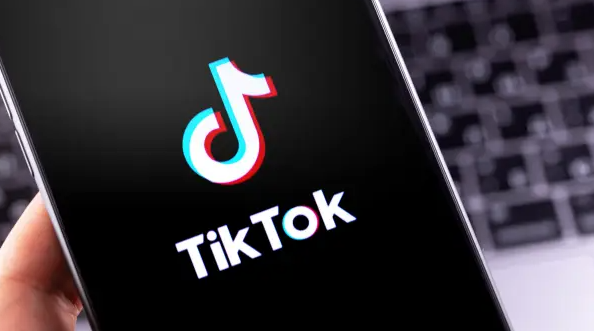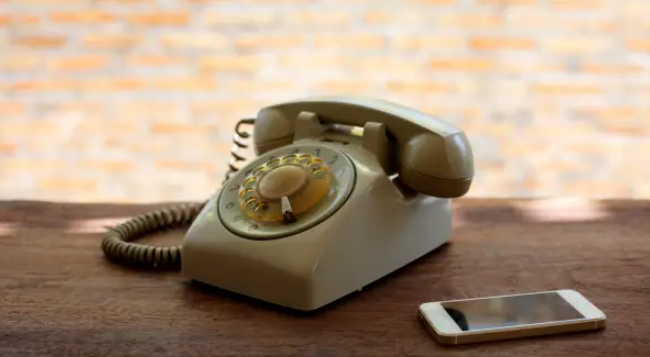How to Delete chat history in Microsoft Teams? is it possible?
If you want to make space in your Microsoft Teams channels or chats, there are options you can use to declutter your interface.
Has your Microsoft Teams application become a little cluttered? Perhaps your chats are filled with messages that are no longer important, or your team boards are filled with endless entries that you can’t easily sort through. It’s understandable that you’d want an option to delete old messages. Unfortunately, Microsoft Teams is designed for retention and institutional memory, so these records can’t be easily deleted. But that doesn’t mean you don’t have control in Microsoft Teams: it’s possible to delete at least some of the messages, and hide things you can’t delete.
How to manage your Microsoft Teams channels and delete posts
Teams channels are the general chat forums in Microsoft Teams that organizations or subgroups have access to post publicly. This is one area where individual Microsoft Teams users have no control: You can’t clear a channel’s history or delete messages from other users—unless you’re a Microsoft Teams enterprise admin. So if you want to remove a specific message from a Teams channel, you’ll need to ask an admin to do it.
Individuals can only delete their own posts, which is easy to do: With Teams open to the channel and the message you want to delete, just hover over the message and wait for the emoji menu to appear. Click the three dots on the right side of the menu and select ” Delete .”
Deleted messages are gone, but the context in which they existed is not deleted with them: you will see that your own message itself is replaced by a notice of the deletion, but replies to it remain below it. Also note that you, as the author of the message, can undo the deletion by clicking ” Undo “; other users will not see this option, only the notice.
If you want to delete a channel in which you are involved, you can only do so if you are the creator of the channel. However, you can hide a channel if you do not post in it, do not read it, or if it is not used regularly. To hide a channel, hover over its name and look for the three dots that display the menu. Look for ” Hide ” and click on it. Hidden channels are grouped together in the “Hidden teams” list. To unhide a channel, hover over its name and click ” Show “.
How to delete and hide chats in Microsoft Teams
Chats tend to behave the same way as Microsoft Teams channels, much to the chagrin of those who want to get rid of old messages: you can delete messages you’ve sent in the same way as described above, but you can’t delete messages from others, and you can’t get rid of the entire chat history, only hide it.
Hiding works the same way as with channels. Once hidden, however, chats only reappear when you search for the sender’s name to send a new message, or when you receive a message from the original sender.
“By default, Teams chat, channel, and file data is retained indefinitely unless an attempt is made to delete the content via retention policies, user deletions, admin deletions, etc.,” Microsoft explains on its Teams retention page. Admins can shorten or extend the retention period based on institutional needs, as well as delete messages and other content requested (and approved) by users. So if you want certain content deleted, or don’t want a specific channel or chat to be retained, you’ll need to contact your Microsoft Teams admin to have them change the policy for you.
- Microsoft Teams: Disable autostart
- Microsoft Teams – Set up and manage workgroups
- Microsoft Teams: Start video conference







